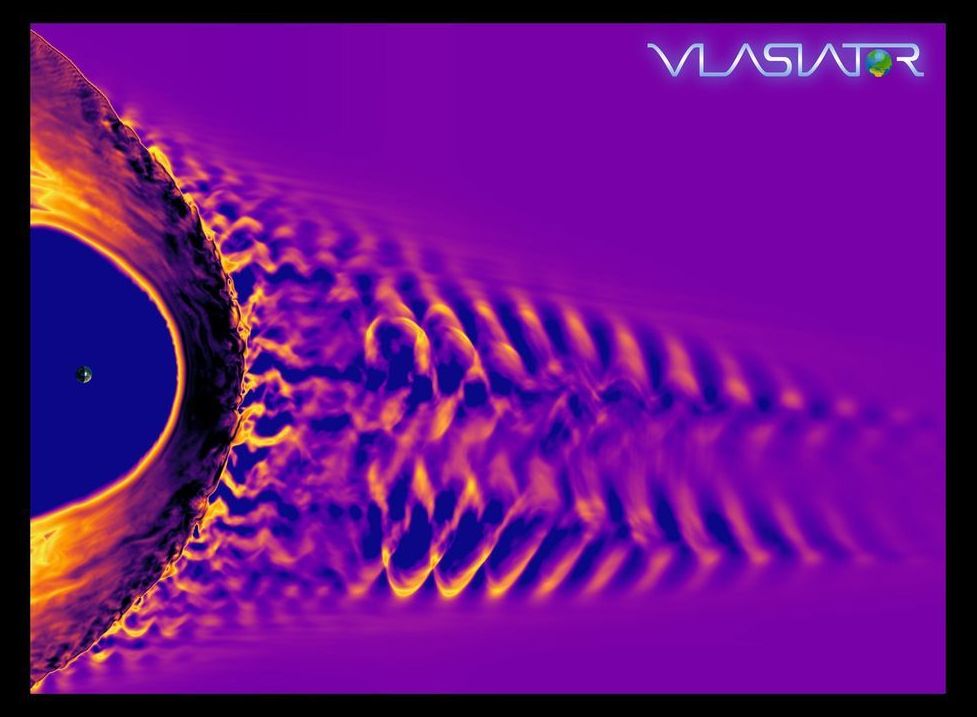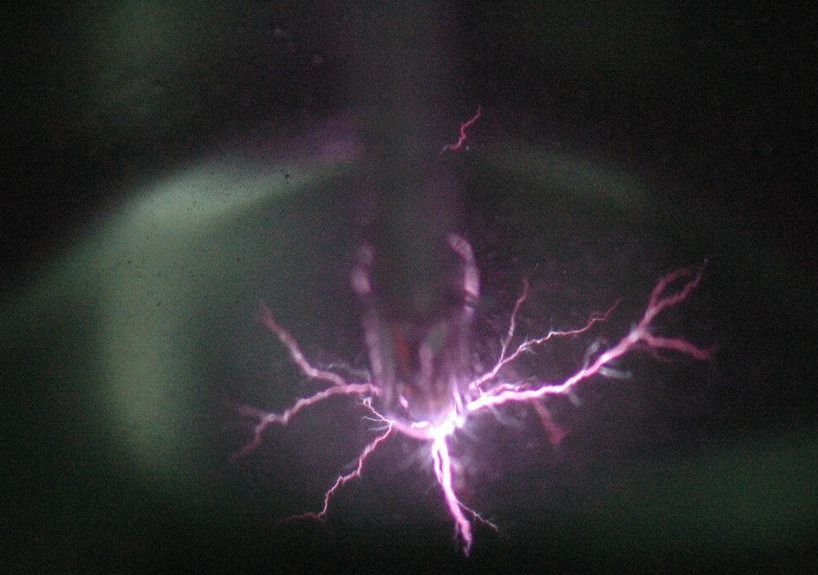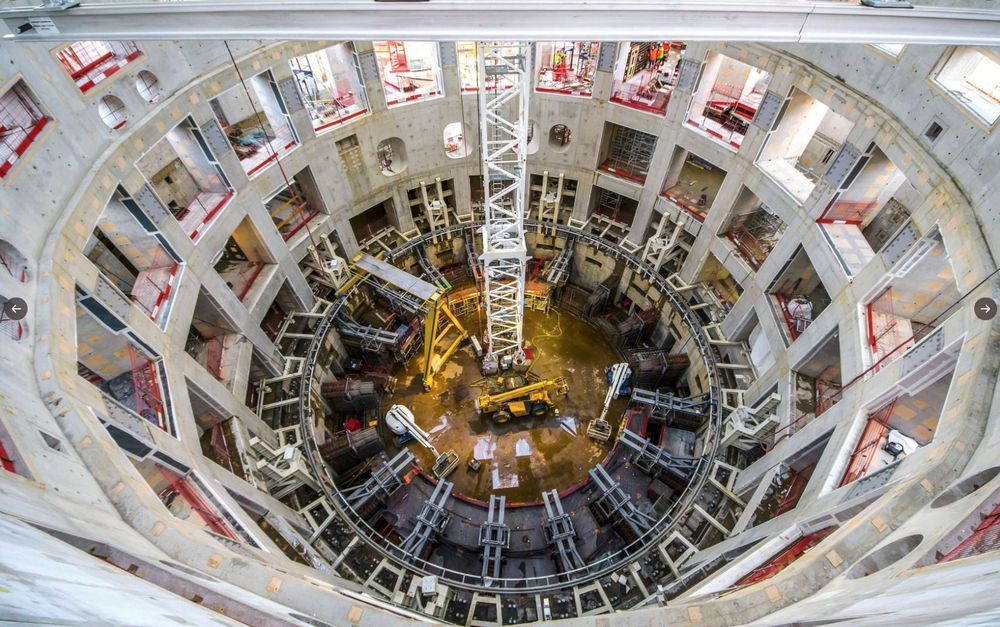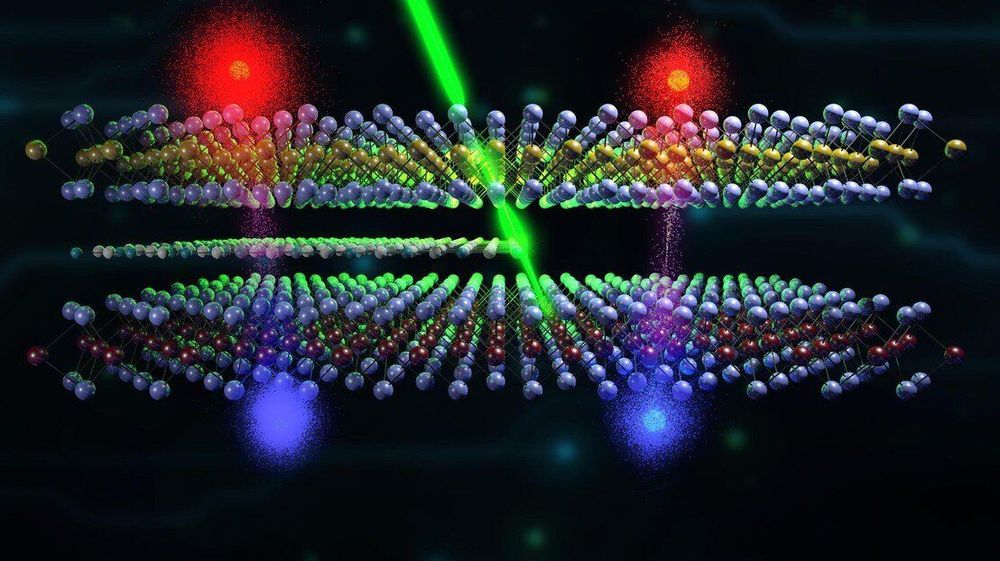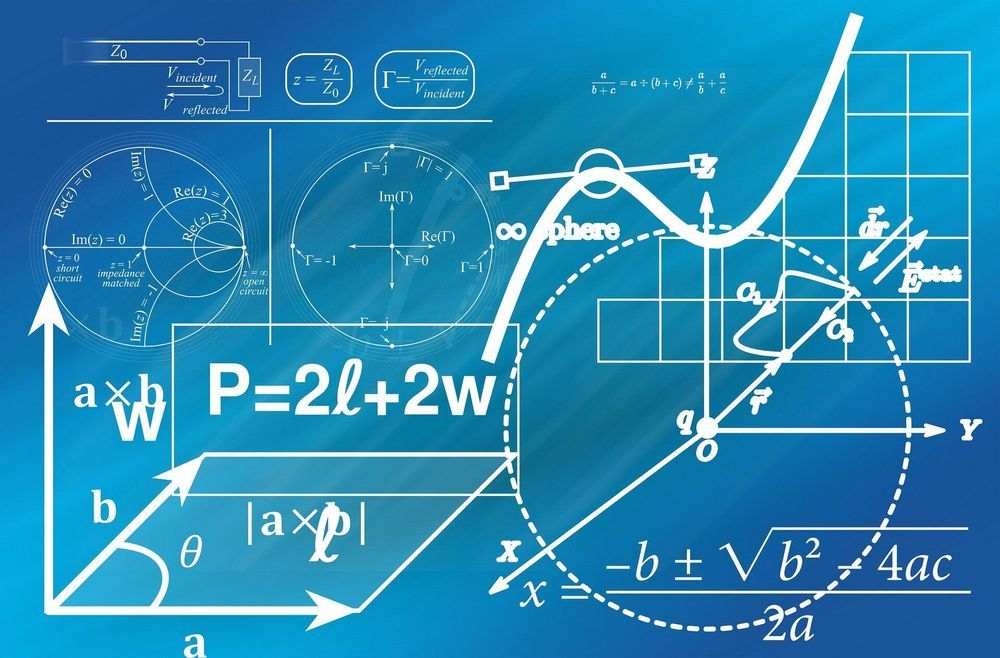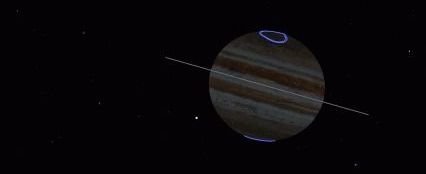Nov 20, 2019
The UK Is Racing to Build the World’s First Commercial Fusion Power Plant
Posted by Gerard Bain in categories: nuclear energy, particle physics, sustainability
What could the UK’s recent investment announcement mean for the future of sustainable energy?
» Subscribe to Seeker!http://bit.ly/subscribeseeker
» Watch more Elements! http://bit.ly/ElementsPlaylist
There are many directions we could go when it comes to the future of sustainable energy—but the UK made a bold move when it announced a huge investment (220 million pounds huge) in a prototype fusion power facility that could be functioning as a commercial power plant by 2040.
Continue reading “The UK Is Racing to Build the World’s First Commercial Fusion Power Plant” »


